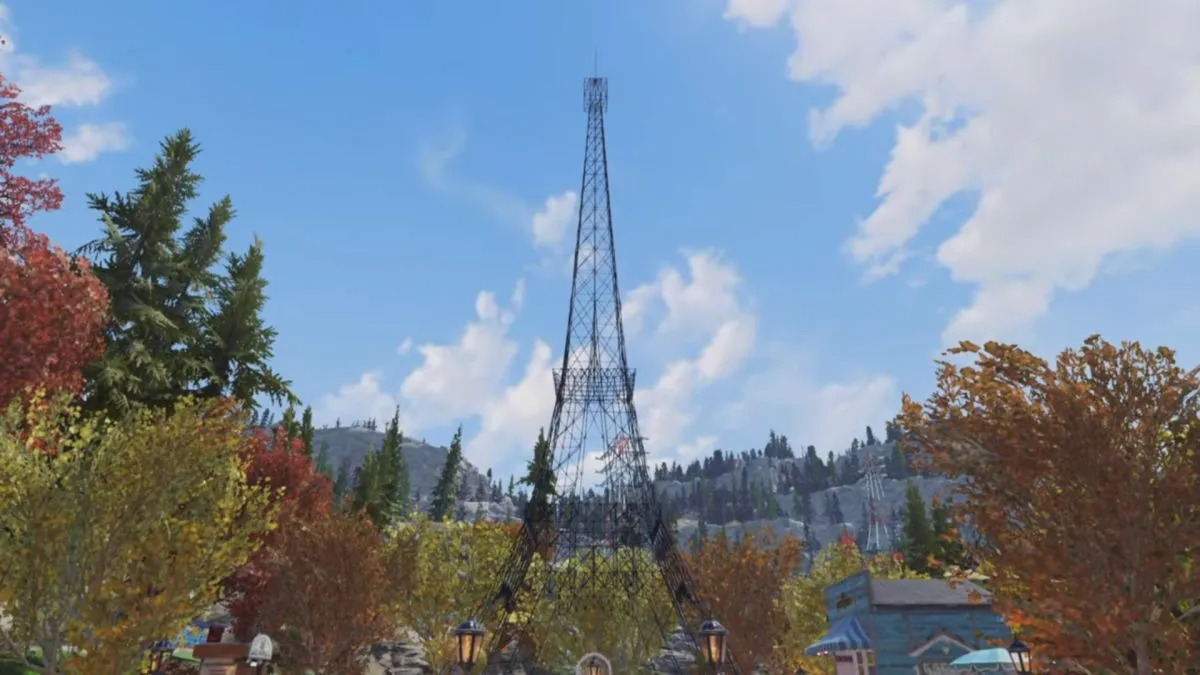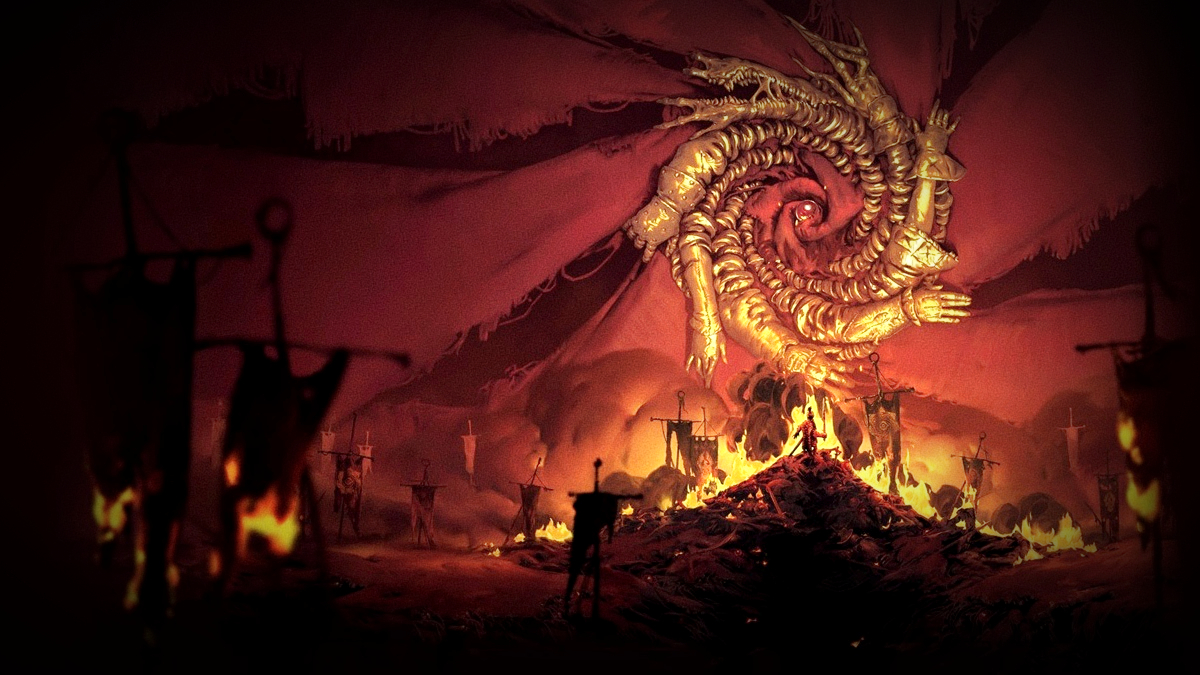Promoted from our community blogs!
[Sometimes we approach a game with a plan, but the game has different plans in mind. For October’s Bloggers Wanted response, Wutangclam tells us about his experience with Until Dawn and how it changed his expectations. – Pixie The Fairy]
I wanted a couple of things from Until Dawn.
I wanted to have fun, of course, and enjoy a game that I didn’t know too much about outside of the little bit of marketing it had prior to release.
The game had a cast of playable characters – high school stereotypes that anyone familiar with horror as a concept could recognize – and all of them could live or die based off of the player’s decision.
I wanted them all to survive. Maybe in part because that would be the ultimate win state of the game. Or because it seemed like a fun thing to do. Mainly, I wanted to do my best to save each character from a night of hellish horror because I’ve had too many of my own friends die in my twenty-five short years of life.
It could have been a form of coping, or subconsciously righting wrongs from the past, but before I even booted Until Dawn up, I was determined to save everyone’s life.

On some level, I think that this is what developer Supermassive Games wanted most players to do, too. As an interactive, “choose your own adventure” type game, players are given a weird sort of agency in Until Dawn. The lives of each character are in your hands. Supermassive Games knew this. Supermassive Games understood – or at least thought for better or for worse – that at least some of the people who played Until Dawn would share the same hero complex that I did.
No matter what I initially wanted from Until Dawn, I got something else entirely.
For most of Until Dawn, the game feels markedly familiar to things that you have either seen or played before. There’s the gathering of dumb, horny teens (check), an awkward reunion on an unfortunate anniversary (check), and a house that seems impossibly large and even more impossibly threatening (check, check). Familiar archetypes and locations are compounded by the madness and bloodshed that soon befall the dysfunctional “heroes” of the game, adding even more familiarity to injury.
But, for as tropey and familiar as Until Dawn is, it’s also astoundingly refreshing because of it. I’m a horror fan at heart. I revel in creepiness of Sleepaway Camp’s ending and routinely argue with my girlfriend about the validity of critical readings of It Follows. Walking through Until Dawn’s various locations, crossing from mansion, to snow-littered paths in the woods, and slinking through the hallways the color of oxidized blood were a spooky treat I couldn’t get enough of.
While I found myself digging the increasingly haunting locations and dire straits of Until Dawn, I still had my mission of playing the savior. Despite each character’s glaring flaws – ranging from the clearly unstable to the unabashedly bitchiness that can only come from teenage hormones and good looks – I felt that they deserved a chance at life. There’s something special about rising with the morning sunlight, and I wanted to make sure that each character would be able to enjoy that at least one more time.

As I progressed through the game, I played it smart as best as I could. I encouraged characters to squash their digital beef, let bygones be bygones, and did what I could to make sure that everyone kept their heads on straight (literally and figuratively).
My efforts to be a guiding force of benevolence paid off and I felt like the smartest man ever. Teenagers, especially ones as damaged and as attractive as the cast of Until Dawn are rendered to be, tend to make rash decisions, but I opted for logic where I felt it was needed.
Up until halfway through the game, everyone was doing alright despite the circumstances. And then Matt, sweet, letterman jacket wearing Matt, caught a meathook through the mouth.
I was pissed. I had failed at what I wanted to do. I turned the game off for a moment and thought about what had transpired. I thought about my own friends who had died over the years and I got depressed. I thought about everything that I’d done in Until Dawn leading up to Matt’s death and I felt better. There were still a handful of characters who needed me to survive.
And that’s when Until Dawn became something more than a game where I wanted to save people I didn’t even know; people that weren’t real, astounding character models, be damned.
You see, Until Dawn’s greatest trick is that it makes you play the director. Unknowingly, Supermassive gives you a choice by subtly taking the controller away from you and pulling out your chair when you’re too involved to notice it. That controller is replaced by the filmmaker’s clapperboard, your chair replaced by a director’s chair – you know the one I’m talking about.

Everyone who has played Until Dawn will surely note that the game is steeped in classic horror traditions. As I’ve mentioned before, much of the game’s first two acts have a particular “been there, seen people killed by that” air to them. We’ve all sat in a dark room, chomping popcorn and yelling at characters similar to Until Dawn’s cast, urging them to lock the door or to turn on the god damned lights.
But up until Until Dawn, we were always passive observers, wracked with excitement – and frustration – as we watched the violence unfold. Until Dawn, and that agency I mentioned before, give you the ability to craft the scene how you see fit.
Until Dawn became a bit more than a game where I wanted to save the ghosts of my own past. It became my first chance to play the brilliant director.
This is largely thanks to Supermassive’s uncanny ability to frame shots within the game. Time and again, I found myself drawn away from the role of an invisible savior in favor of playing the nascent director, guiding my stars through each scene. Until Dawn rivals Resident Evil in its cinematic-inspired framing, making each scene transition feel as though it is seen from the lens of a film camera.
As the game progressed, I became absorbed in the game’s narrative and the effect of my directorial choices. The branching conversations that pop up throughout the game were no longer about avoiding the threat of impending doom, but rather a chance to make the game play out in my auteurial vision.

Sometimes, the best experiences that we have with video games come when we least expect them. I wanted certain things from Until Dawn and for a while I got them. When I dropped my guard and expectations, however, I got something entirely different. Something undoubtedly better.
I’ll never direct a horror movie. No one will give me a chance to share my vision of just how wrong a winter night with a group of friends can go. Until Dawn gave me a taste of what it would be like, though. Sure, I had to play within the framework of Supermassive Game’s rules, but I’ll be damned if a lot of the game didn’t feel like my own vision.
What’s better is that somehow, as the first light of dawn began to rise, everyone made it out alive and largely intact. Except Matt, but if I’m being honest, that’s fine by me because I never really liked him anyway.
Looking back, I wouldn’t have shot the scene any differently.




